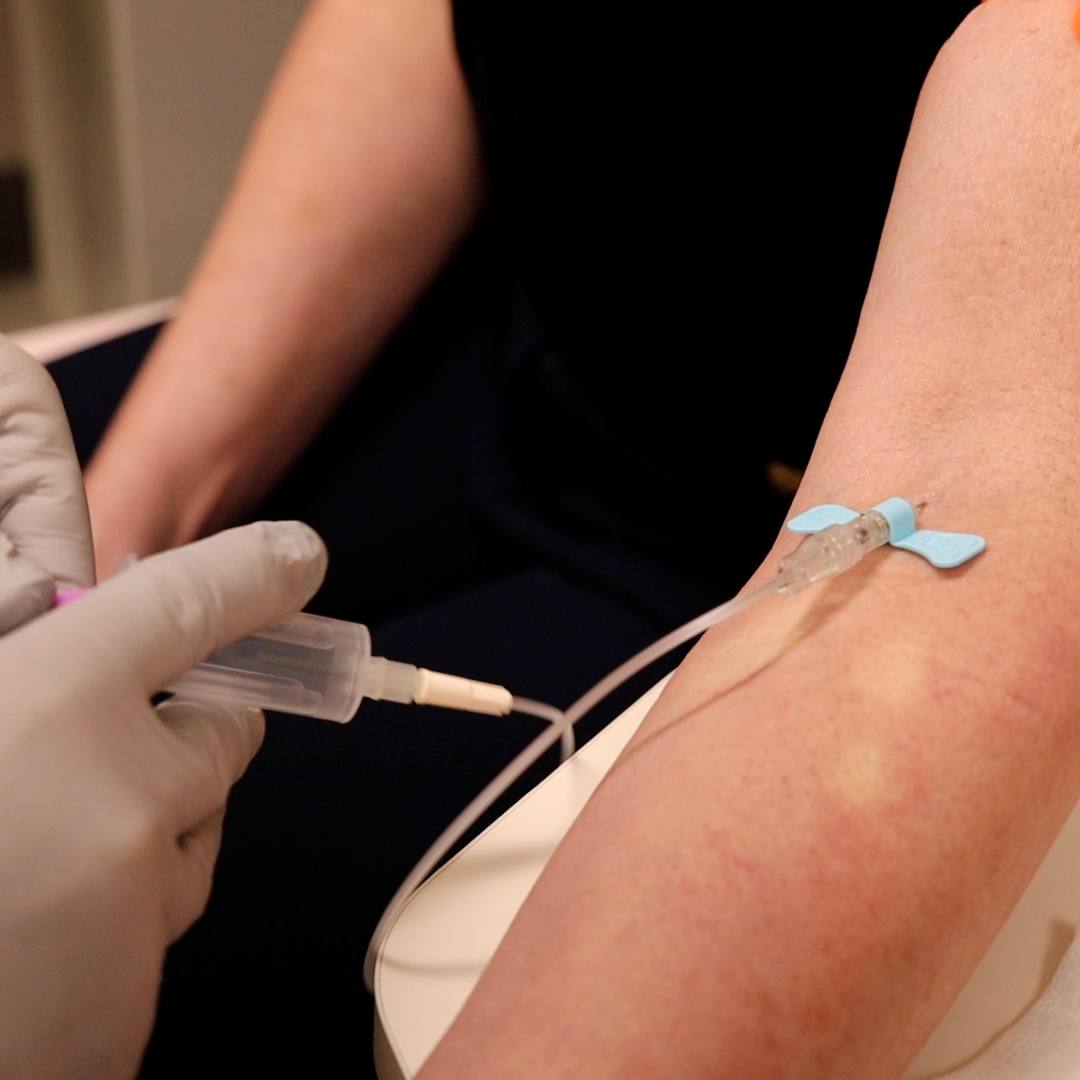-
Health & Wellness
Mayo Clinic Q and A: Low sexual desire a complex and common issue for women
DEAR MAYO CLINIC: Is low sex drive in women a common part of aging? Is there anything that can actually increase sex drive? I’ve read that a new drug to help with low sexual desire in women may soon be available. How would that work?
ANSWER: Low sexual desire is a complex issue for women. Both aging and the loss of hormones associated with menopause may contribute to changes in sex drive. But there are many other factors in a woman’s life that can have an effect on sexual desire, too. Although there is a new drug under consideration that may help some women with low sex drive, it’s likely to be helpful for just a small subset of premenopausal women with this concern.
Sexual dysfunction is a common problem. About 40 percent of women in the U.S. report that they have had some kind of problem with sexual function. The most common is a persistent or recurrent lack of interest in sex. The technical term for this condition is hypoactive sexual desire disorder, or HSDD. HSDD can have a significant impact on a woman’s life, and for many women it can be quite distressing.
When assessing HSDD and looking for possible causes, it’s important to examine the wide variety of factors that could be contributing to it. They can be biological, such as the hormonal changes that take place before, during and after menopause. Some women experience vaginal dryness and pain that makes sex unpleasant. Other biological factors that can have an impact on sexual functioning and decrease desire include issues like painful hip arthritis, diabetes, fatigue or chronic pain.
Psychological, relational and even cultural factors also need to be taken into account. For example, depression, anxiety, negative body image, an unhealthy relationship, and a history of sexual or physical abuse can have an impact on sexual desire. It’s important to take a step back and look at all of these factors together, as they certainly can affect one another and in some cases combine to decrease a woman’s sex drive.
Depending on the underlying cause, a range of possible management strategies are available. Estrogen therapy or a drug called ospemifene can be used to treat vaginal dryness and related sexual pain. Sometimes changing or stopping a medication that may be contributing to low sexual desire may help. Self-care steps such as stress management, exercise, and open communication with your partner also may be helpful. Counseling can make a difference, too.
A new drug recently approved by the Food and Drug Administration (FDA), called flibanserin, is intended for premenopausal women who have HSDD and for whom other management strategies aren’t helpful. Flibanserin works by altering brain chemicals that can help increase sexual desire. The drug is taken as a daily pill, and it can take weeks to have an effect.
More than 11,000 women have participated in clinical research trials involving flibanserin. Results showed the number of sexually satisfying events went up in women taking the drug. Those women also reported improvement in sexual desire, as well as a decrease in their distress about HSDD. While flibanserin will be appropriate for only a small percentage of those who have HSDD, it will provide women with a much-needed treatment option.
Flibanserin is the only drug on the market for women with HSDD. Before its recent FDA approval, it had been taken to the FDA twice and rejected both times due to concerns about its effectiveness and possible side effects, such as dizziness, nausea and fainting. The drug’s manufacturer says it has addressed those concerns. — Stephanie Faubion, M.D., Women’s Health Clinic, Mayo Clinic, Rochester, Minn.
Related Articles







